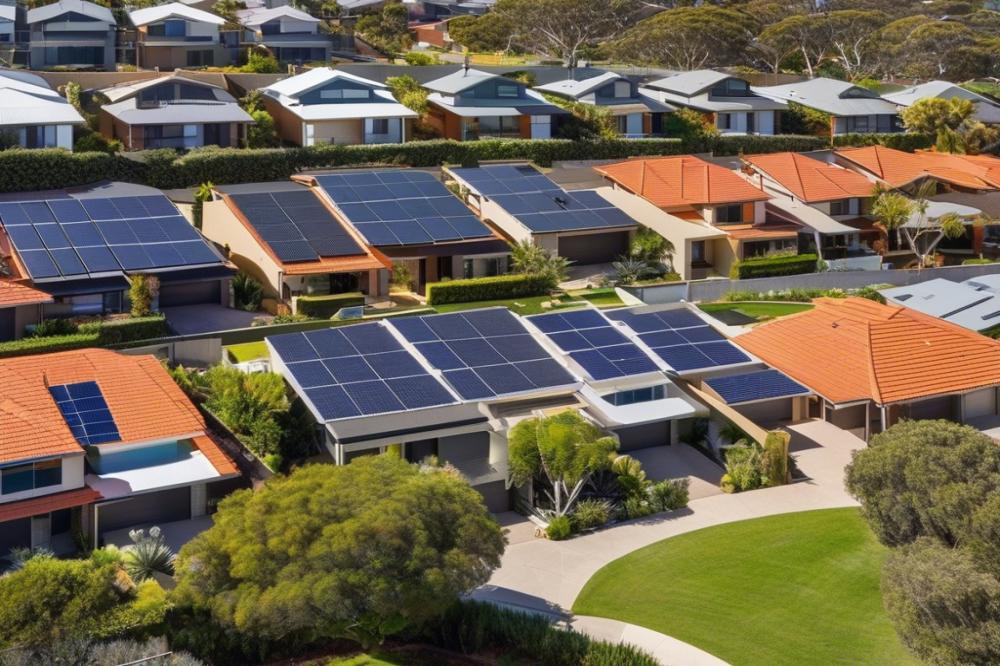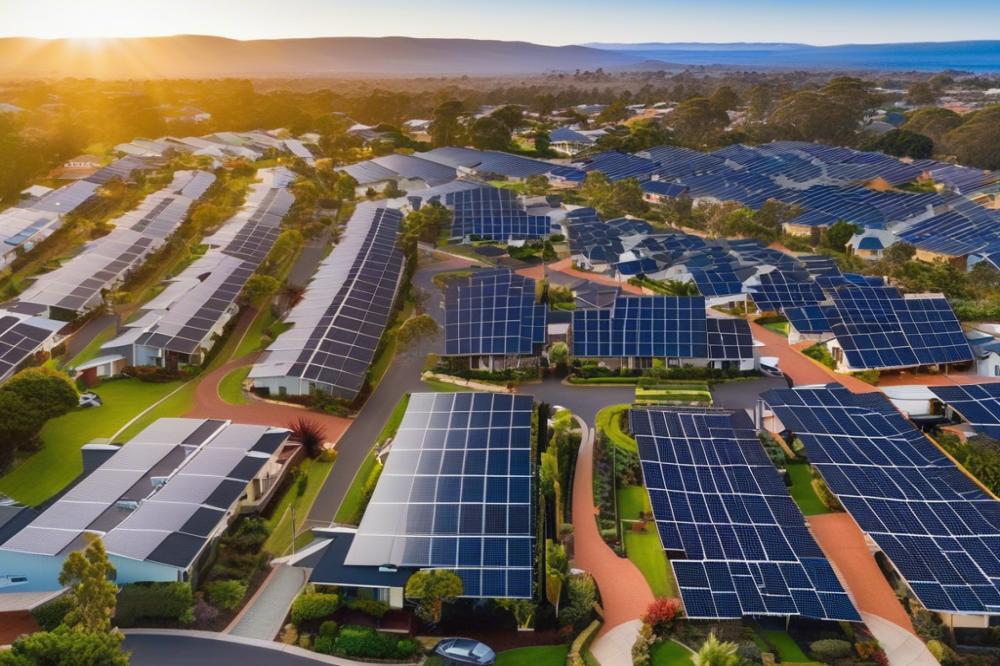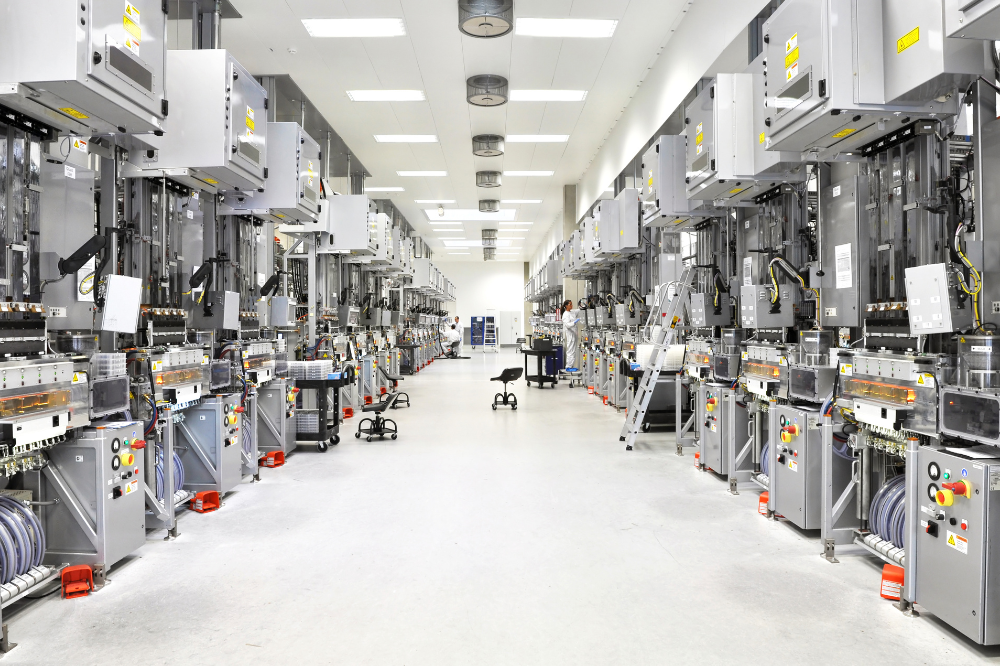Introduction
Australia enjoys an abundance of sunshine, making solar energy a prime renewable resource. The vast skies and clear days offer a unique opportunity for individuals and communities to harness solar power for their needs. With advancements in technology, Solar Panels have become more efficient, enabling homeowners to utilize this eco-friendly energy source effectively.
Engaging in Solar Energy Sales has emerged as a lucrative option for homeowners keen on maximizing their energy savings. By selling the excess power generated by their solar systems, individuals can earn extra income while contributing to a sustainable future. The idea of turning rooftops into personal power stations is becoming increasingly popular. As solar power becomes mainstream, many are eager to participate in this green revolution.
This article will explore the various aspects involved in selling Residential Solar energy in Australia. It will cover the process of installation and the role of solar installers. The discussion will also delve into the Feed-in Tariff and the attractive solar incentives available to homeowners. Finally, the topic will address how to become grid connected and the broader implications of joining the solar movement. Take a closer look at how you can benefit from this shining opportunity.
Understanding Solar Energy Sales

Solar energy sales involve the process of providing power generated from Solar Panels to consumers. This includes engaging residents interested in harnessing the sun’s energy. In simple terms, it is selling the electricity created by solar power systems installed in homes. Both environmental benefits and financial incentives drive the market forward.
How Solar Panels Function and Generate Power
Solar panels convert sunlight into electricity using photovoltaic cells. When light hits these cells, they generate a direct current (DC). This current then travels to an inverter, transforming it into alternating current (AC). Most household appliances use AC, making this process essential. Efficient panels can maximize the amount of sunlight captured, leading to higher energy output. Understanding this functionality helps buyers appreciate the value of solar technology.
Overview of Residential Solar Systems and Grid Connection
Residential solar systems generally include panels, an inverter, and sometimes batteries. Installation often occurs on rooftops, optimizing sun exposure throughout the day. When the sun shines, these systems produce power that homeowners can use immediately. Excess energy can flow back into the grid. This connection allows for credits through a system called the Feed-in Tariff. In Australia, this arrangement provides families with energy savings and promotes the use of renewable energy. Local solar installers play a critical role in making these systems accessible. They guide consumers through selection, installation, and connecting to the grid.
Choosing solar is also an eco-friendly decision. Many Australians are looking to reduce their carbon footprint. Government-backed solar incentives further encourage these energy systems. These programs help offset initial costs, making adoption easier for households.
The Australian Solar Market

Australia has become a leader in solar energy adoption. Many households are now investing in solar power systems. The country enjoys abundant sunshine, which makes it an ideal location for solar panels. This natural resource fuels the growing interest in renewable energy.
Statistics indicate impressive growth in solar panel installations across the nation. Over 3 million Australian homes have installed solar panels. This number reflects a significant increase in just a few years. In fact, Australia has one of the highest rates of residential solar adoption globally. The feed-in tariff is a crucial factor in encouraging homeowners to invest in solar technologies.
Solar installers play a vital role in the solar market landscape. These professionals offer expertise in selecting the proper equipment for each home. Their advice can lead to significant energy savings for families. As more people seek eco-friendly solutions, skilled installers are in high demand. They ensure that installations are grid connected and meet all safety standards.
Solar incentives have made solar energy more accessible. Government programs now support homebuyers eager to switch to clean energy. More Australians are realizing that solar energy is indeed a smart investment. It not only benefits the environment but also helps reduce electricity bills.
Community awareness about renewable energy is increasing. Public campaigns stress the importance of sustainable living. Many Australians are now more informed about the benefits of solar power. This shift in mindset encourages households to consider solar installation seriously.
In summary, the Australian solar market is thriving. High installation rates and a growing number of solar installers contribute to this trend. With continued support and knowledge, the solar energy movement will likely expand further.
Financial Benefits of Selling Solar Energy
Energy savings can be significant for homeowners who invest in solar panels. When a house produces power from the sun, that reduces reliance on the grid. This means lower electricity bills come each month. Over time, these savings can add up, making solar a wise financial decision.
Feed-in tariffs play an essential role in the financial aspect of solar power. These tariffs guarantee a certain price for energy fed back into the grid. By selling excess power, homeowners can earn extra money. This creates another source of income that boosts the overall return on investment. Understanding how these tariffs work is important for anyone considering going solar.
In Australia, a variety of solar incentives make the transition more appealing. Government programs offer rebates and financial benefits for installing solar energy systems. Many states have their own initiatives to promote eco-friendly practices. Homeowners can also take advantage of low-interest loans for solar installations. These incentives reduce the initial costs and encourage wider adoption.
Working with solar installers can provide better clarity on both savings and incentives. An installer can analyze a home’s energy needs and the potential savings it could generate. Evaluating these factors helps homeowners make informed decisions. Becoming grid connected opens up further possibilities for earning from solar energy.
The Process of Selling Residential Solar Energy
Installing solar panels in Australia involves several important steps. First, homeowners need to assess their energy needs. Understanding how much electricity is used helps determine the size and number of solar panels required. Next, they must consult with qualified solar installers. These professionals can provide advice on the best systems for specific households.
After selection, the installation phase begins. This process usually includes mounting the panels on rooftops. Proper positioning is essential to capture optimal sunlight. Once the panels are in place, the next step is connecting them to the home’s electrical system. This process allows generated power to be used for daily consumption.
Connecting to the Grid and Entering into Feed-in Agreements
Another critical stage is connecting to the grid. This connection enables homeowners to sell excess energy back to the electricity network. Before this occurs, individuals must apply for a feed-in tariff agreement with their energy retailer. This tariff is a financial incentive that rewards customers for feeding surplus solar power back to the grid.
Homeowners should carefully review the terms and conditions of these agreements. Understanding the payment rates for surplus energy is essential. Rates can vary among different energy retailers, so research is important. Additionally, citizens need to ensure that they meet any necessary requirements set by their local government regarding renewable energy practices.
Managing Agreements with Energy Retailers
Once installed and connected, managing agreements with energy retailers comes next. Regular communication with the retailer helps ensure energy savings are maximized. Homeowners should monitor their electricity bills to track the savings generated from their solar power systems. This transparency fosters trust between customers and retailers.
Staying informed about changes to the feed-in tariffs is also important. Rates can change due to policy updates or market fluctuations. Being proactive allows homeowners to adjust their energy consumption patterns accordingly. Moreover, some retailers offer additional solar incentives that enhance the profitability of the solar power system.
Overall, entering the world of renewable energy through solar power requires careful planning and understanding. From installation to grid connectivity and retailer agreements, each step lays the groundwork for an eco-friendly energy future. Fostering knowledge during this process can lead to greater financial benefits and a positive environmental impact.
Challenges and Considerations
Homeowners face various challenges when selling residential solar energy in Australia. One major issue is the initial cost of installing solar panels. Although these systems can lead to significant energy savings over time, the upfront investment may deter some individuals. Additionally, not all homes are suitable for solar installations. Roof orientation, shading, and space all play crucial roles in a system’s effectiveness.
Regulatory matters also pose hurdles. Understanding the Feed-in Tariff is essential for homeowners looking to sell energy back to the grid. This payment system can vary by state and change frequently. Adapting to these regulatory fluctuations can be overwhelming. Solar incentives provided by the government aim to encourage the use of renewable energy; however, navigating these programs can sometimes be confusing.
The selection of reliable solar installers is another significant consideration. Not all installers have the same level of experience or quality. Homeowners should conduct thorough research before making a decision. Checking credentials and customer reviews can help in this process. Trustworthy installers not only provide quality installations but also offer ongoing support and advice, ensuring long-term satisfaction.
Moreover, homeowners must be mindful of their energy needs. A thorough assessment of current usage can help in determining the right system size. If the system is too small, homeowners may miss out on potential energy savings. If it’s too large, they could end up overpaying. This balance is crucial for maximizing the benefits of solar power.
Lastly, market conditions can affect profitability. Changes in electricity prices or energy policies may impact how much homeowners earn from their solar investments. Staying informed about these factors can help in navigating the solar landscape effectively. Homeowners who keep these challenges and considerations in mind will find more success on their solar journey.
Wrapping Up the Discussion
In summary, solar energy presents a promising opportunity for homeowners in Australia. We explored how the selling of electricity generated from solar panels can benefit both the environment and personal finances. This method not only reduces electricity bills but also allows homeowners to earn money from excess energy supplied back to the grid. Understanding the regulatory landscape and local incentives is important. They can have a significant impact on profitability and overall success.
Looking towards the future, solar energy sales in Australia are likely to grow steadily. Many people are becoming aware of climate issues and the benefits of renewable energy. As technology advances, installation costs for solar energy systems should decrease, making them more accessible. Additionally, innovations in energy storage, like batteries, will offer homeowners better ways to manage their energy use and income.
Homeowners should consider exploring the possibilities of solar energy solutions. Transitioning to this sustainable option not only contributes to a cleaner planet but also creates potential financial advantages. Investing in solar panels could be a wise step towards energy independence. With incentives available and rising awareness, now is a great time to think about making this change.



